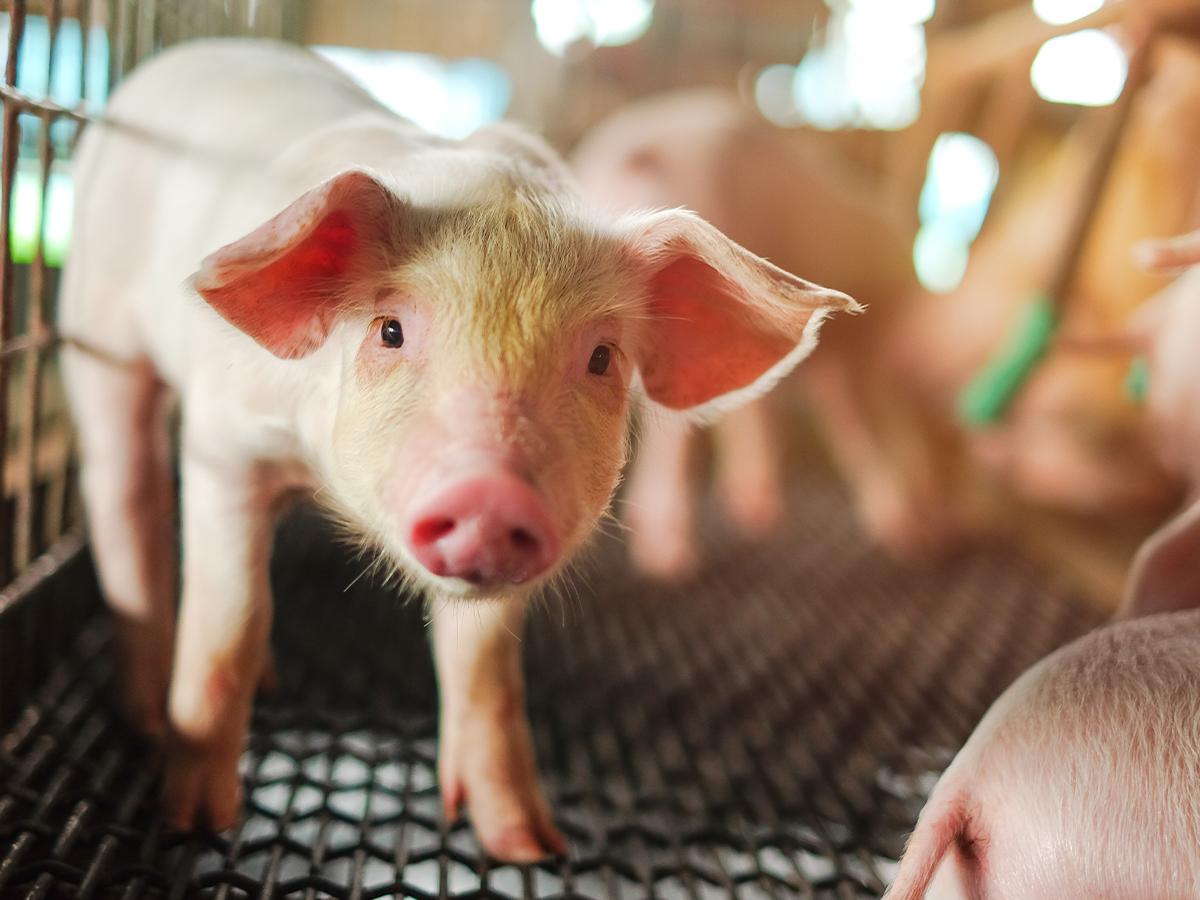Change the World for Animals With Your Words: "It" Matters
This alert is no longer active, but here for reference. Animals still need your help.
Our lives are intertwined with nonhuman animals in so many ways, and they're part of some of the most important stories shaping our world right now. Unfortunately, they continue to be described as though they are inanimate objects who aren't also stakeholders, and that desperately needs to change. You can help by supporting our call to end the use of objectifying language in the media, and pledging to make the change yourself.
While the scientific consensus is that nonhuman animals are conscious beings — they are someone, not something — they are often described as though they might be nothing more than a couch when they're referred to as it, that or which.
Not using personal pronouns for individual nonhuman animals is especially problematic in mainstream media, which not only has a huge impact on our perception, but a responsibility to give a voice to the voiceless.
In an effort to change this and carry on the legacy of our founder Dr. Elliot Katz, who was passionate about shifting our language, we recently partnered with Animals & Media to call for an update to the Associated Press Stylebook, and we were joined by more than 80 leaders in animal advocacy and conservation who signed onto our open letter, including Dr. Jane Goodall.
This widely used and respected stylebook isn't just a guide for journalists, but for writers in other industries as well, and an update would go a long way towards promoting accurate communication and ending the use of objectifying language for nonhuman animals.
The AP Stylebook currently recommends not using personal pronouns unless an animal has a name, or their gender is known, but this is too limiting and inaccurate. Instead, the guidance should be to use she/her/hers or he/him/his when their sex is known, regardless of species, or the gender-neutral they, he/she or his/hers when their sex is unknown. And we should also say who, instead of that.
When an animal's sex has been established, use the appropriate personal pronoun. Elliott gets excited when he goes to the dog park. The mother cat, who heard her kittens cry, ran to her basket. The bull tosses his horns. If the sex of the animal is unknown, follow the rules as used with humans, so as not to refer to anyone as “it.” Try to rewrite the sentence with a plural subject so that the gender-neutral “they” would work. If the subject must remain singular, either choose “they” or use “his or her” or “he or she” rather than the inanimate “it.” Regardless of sex, use “who” rather than “that” or “which” when describing any animal individual. The dog, who seemed to be lost, barked when he or she saw us approaching. A chick is often hesitant to leave the nest for their first flight.
Our words matter; they carry weight and we can use them to normalize inclusive language for all sentient beings to end their objectification and misrepresentation.

This alert is no longer active, but here for reference. Animals still need your help.


